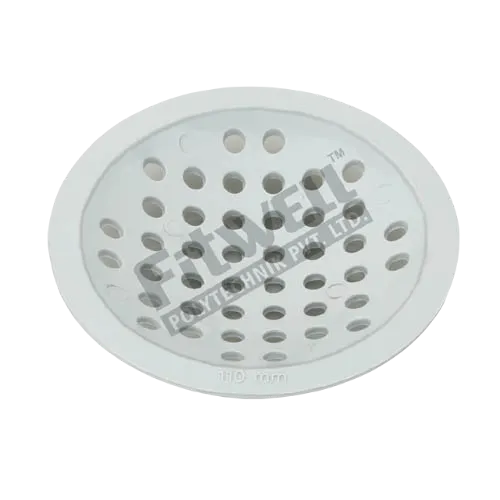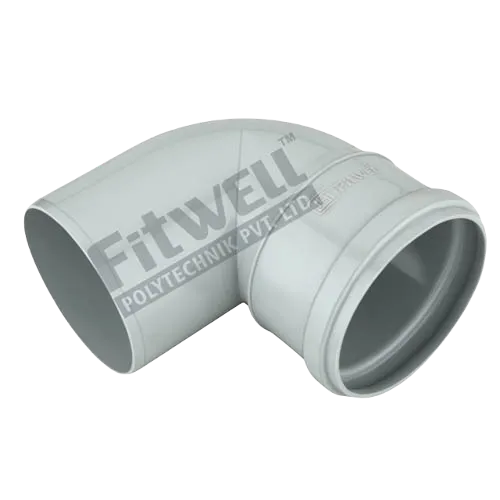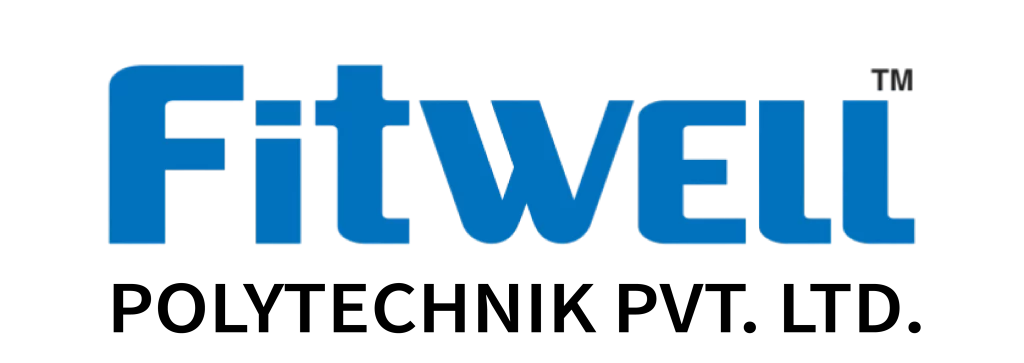A Comprehensive Overview of SWR Drainage Systems for Urban Infrastructure
Introduction
Modern urban infrastructure requires effective systems to manage waste and rainwater efficiently. This is where SWR (Soil, Waste, and Rainwater) drainage systems come into play. These systems are designed to handle both waste and rainwater in a manner that ensures safety, cleanliness, and sustainability in urban environments. In this article, we’ll take a closer look at SWR drainage systems, their role in urban infrastructure, and how they contribute to a city’s efficiency and environmental sustainability.
What Are SWR Drainage Systems?
SWR drainage systems are specifically designed to manage the disposal of soil waste, rainwater, and other liquid waste generated in urban settings. These systems are composed of high-quality, durable pipes and fittings that ensure the smooth flow and disposal of waste, preventing blockages and contamination.
Key Components of SWR Drainage Systems:
- SWR Pipes: Used to transport waste from residential, commercial, or industrial properties to the main drainage system.
- Fittings: Include bends, tees, reducers, and couplings that connect SWR pipes, ensuring a leak-proof and efficient network.
The Importance of SWR Drainage Systems in Urban Infrastructure
In fast-growing urban areas, proper drainage is essential to manage the increasing volumes of waste and rainwater. Without an efficient drainage system, cities can face issues such as flooding, pollution, and public health hazards. SWR drainage systems offer a modern solution that can handle the demands of urban infrastructure while ensuring environmental sustainability.
Key Roles of SWR Systems in Urban Infrastructure:
- Wastewater Management: Prevents the buildup of waste, ensuring that human and industrial waste is disposed of safely and efficiently.
- Rainwater Management: Helps prevent flooding during heavy rainfall by directing rainwater away from streets, buildings, and public spaces.
- Environmental Protection: Reduces contamination risks by ensuring that waste and rainwater are managed separately, minimizing the impact on natural water bodies.
Components of SWR Drainage Systems
An efficient SWR drainage system is made up of several components, each serving a specific purpose in ensuring waste and rainwater are transported safely:
1. SWR Pipes
SWR pipes are made from durable materials like PVC or UPVC, which are resistant to corrosion, chemicals, and extreme weather conditions. These pipes are available in various diameters to suit different flow rates and installation needs.
2. SWR Fittings
Fittings like elbows, tees, and junctions ensure smooth connections between pipes, allowing the system to be customized to the unique layout of a city’s infrastructure. They help in changing pipe directions and connecting multiple pipelines without compromising the system’s efficiency.
3. Ventilation Systems
SWR systems often include ventilation pipes that allow air to circulate through the pipes, preventing pressure buildup and maintaining proper flow.
Manufacturing Process of CPVC Piping Systems
Benefits of SWR Drainage Systems for Cities
SWR systems provide a multitude of benefits that make them essential for the sustainable development of modern urban infrastructure:
1. Durability and Longevity
SWR pipes and fittings are built to last, often made from materials that resist corrosion and chemical reactions. This durability reduces the need for frequent replacements, lowering maintenance costs.
2. Leak-Proof System
Thanks to the tight connections between SWR pipes and fittings, the system remains leak-proof, preventing water loss and reducing the risk of contamination.
3. Efficient Flow
The smooth interior surface of SWR pipes reduces friction, ensuring that waste and water flow efficiently without causing blockages or slowdowns.
4. Environmental Sustainability
By efficiently managing waste and rainwater, SWR systems contribute to environmental sustainability. They help reduce the risk of pollution and flooding, promoting a cleaner, healthier urban environment.
SWR Pipes and Fittings: A Critical Component
The success of an SWR drainage system largely depends on the quality of the pipes and fittings used. High-quality SWR pipes and fittings ensure that the system operates effectively and can withstand the demands of modern urban infrastructure.
Key Characteristics of Quality SWR Pipes and Fittings:
- Corrosion Resistance: Protects against chemical and environmental corrosion, extending the lifespan of the system.
- Leak-Proof Design: Ensures that there is no water or waste leakage, preventing contamination.
- Ease of Installation: SWR pipes and fittings are designed to be easy to install, reducing labor costs and time.
Sustainability and SWR Systems in Urban Planning
As cities continue to grow, sustainable solutions for waste and water management are becoming increasingly critical. SWR drainage systems are a vital part of sustainable urban infrastructure, helping to reduce the environmental impact of urbanization by managing waste and water in an eco-friendly manner.
Sustainability Features of SWR Systems:
- Reduced Water Pollution: Properly managed SWR systems prevent untreated waste from entering rivers, lakes, and oceans.
- Rainwater Harvesting: SWR systems can be integrated with rainwater harvesting techniques, allowing cities to collect and reuse rainwater for various purposes, reducing the strain on freshwater resources.
- Energy Efficiency: By reducing blockages and improving flow efficiency, SWR systems help lower the energy needed for water treatment and pumping.
Conclusion
SWR drainage systems are an indispensable part of modern urban infrastructure, providing efficient solutions for managing wastewater and rainwater. With their durable, leak-proof design and contribution to sustainability, these systems are essential for creating cities that can withstand the challenges of urban growth while promoting a cleaner, safer environment. Investing in high-quality SWR pipes and fittings ensures the long-term success of these systems, making them a smart choice for urban planners and developers.

SWR Bend 87.5(Door)

PP SWR Ring

SWR Vent Cowl

SWR S-Trap

SWR Single Y

SWR Single Y (Door)

SWR Single Tee

SWR Reducer Tee(Door)

SWR Shoe Bend 45

SWR Rubber Ring

SWR Double Y (Door)

SWR Double Tee

SWR Double Tee(Door)

SWR Door Cap

SWR Coupler

SWR Pipes

SWR PIpe Cllip

SWR Nahani Trap

SWR Jali

SWR Double Y

SWR Cleansing Pipe

SWR bend 87.5

SWR Reducer Tee

Swr Q-Trap

SWR Reducer
Stay on the forefront of industry trends by checking out our latest content
Stay ahead with our latest content, designed to keep you informed on the newest industry trends and insights. Discover valuable updates that help you lead in your field.

Expeart Tips from MDPE Pipe Fittings Manufacturers to Avoid Failures
Expeart Tips from MDPE Pipe Fittings Manufacturers to Avoid Failures Understanding MDPE Pipe Fittings: An Overview MDPE (Medium Density Polyethylene) fittings, used extensively in gas and water systems, offer strong,

UPVC vs CPVC Pipe Fittings: Technical Specs and Applications
UPVC vs CPVC Pipe Fittings: Technical Specs and Applications Introduction to UPVC Pipe Fittings in Pressure Systems UPVC pipes and fittings are essential components in modern plumbing and industrial systems,

How PVC Faucet Manufacturers Are Revolutionizing Commercial Sanitation
How PVC Faucet Manufacturers Are Revolutionizing Commercial Sanitation Understanding the Role of PVC Faucets in Commercial Sanitation PVC faucets play a pivotal role in maintaining high sanitation standards in commercial
Request a Free Consultation
Get personalized plumbing solutions with a free consultation from Fitwell.





